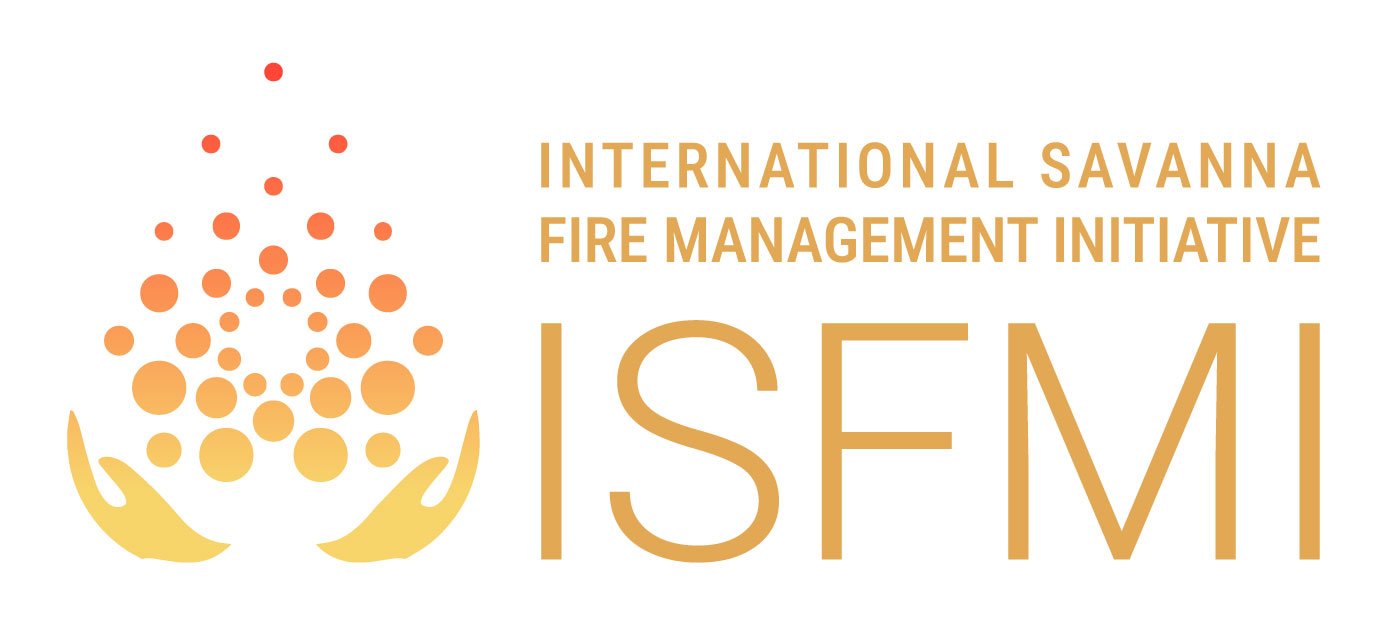Asia-Pacific - Regional Profile
Fire has shaped the savanna landscapes of the Asia-Pacific over thousands of years. Traditional Owners of the north of Australia are helping other traditional peoples of the region revitalise their own fire traditions for the benefit of climate, communities and biodiversity.
-
Landscapes. Fire prone woody savanna is found across the Asia-Pacific, including in the north of Australia, and in countries including Cambodia, Indonesia, Myanmar, Thailand, Papua New Guinea, Timor Leste and Vietnam.
Fire Traditions. The use of fire has been a key feature of agricultural and landscape management in the region, for example, in the swidden agriculture practices of Timor Leste and the Indonesian Province of Nusa Tengarra Timur.
In northern Australia savanna landscapes, fire was traditionally used by Australia’s Indigenous Peoples for a variety of landscape management and cultural purposes.
In northern Australia such traditional fire practice, undermined following colonisation, is being revitalised through the introduction of methodology based emissions reductions savanna fire management, that shifts fire patterns from the late to early dry season, with more than 25 Indigenous owned and led savanna fire enterprises now operating across the north of Australia.
Fire Baseline. Destructive fire regimes often impacting agriculture and human infrastructure, represent a major livelihoods issue in this region. Successive internationally and regionally funded scientific collaborations and projects have identified it as a major concern. Improved fire management in this region will benefit communities in particular through impact on food security, soil, air and water quality, as well as having the potential to generate economic benefits.
Fire Emissions. More than 13% of global savanna fire emissions are generated in the Asia-Pacific region, predominantly in Australia which contributes 7.3% and other countries in the region that together generate 5.9% of global savanna fire emissions.
-
Several countries in the region could realise benefits for communities, climate and biodiversity by encouraging the revitalisation of fire management traditions. These include but are not limited to Indonesia, Timor Leste, Papua New Guinea, Thailand, Vietnam,Myanmar and Cambodia.
With the support of the Australian Government, ISFMI is undertaking exploratory projects in Indonesia, Timor Leste and Papua New Guinea in preparation for future fire management pilot projects.
In Australia, ISFMI works with Indigenous community partners from the north of Australia, Australian scientific experts and Australian Government agencies to harness the lessons of the successful north Australian experience of traditional savanna fire management for a global audience.
-
Key resources for learning more about the potential for climate, communities and biodiversity through fire management in the Asia-Pacific, include:
On this website see also Asia-Pacific content within:

